Physics > QUESTIONS & ANSWERS > PHYS283 Module 11 Lab Semiconductors (All)
PHYS283 Module 11 Lab Semiconductors
Document Content and Description Below
PHYS283 Module 11 Lab Semiconductors PHYS283 Module 11 Lab: Semiconductors Instructions To complete this lab, work through all the steps below. Make sure to answer every question. When you are fin... ished, save your lab report with the file name [Your Name] Module 11 Lab Report. Then submit it to your instructor using the Submit Assignment link in Canvas. Procedure Click the Play arrow on the Semiconductors video in Canvas. Be sure to follow the steps detailed below and answer the questions: 1. Set the “Segments” toggle to “One (1),” drag the P-type doped semiconducting material and set the voltage to 4 V. What do you observe? At what energy does conduction occur? When the P-typed doped semiconducting material is dragged, and the voltage is set to 4 V, the electrons flow through (right to left) and conduction occurs at low energy. 2. Reduce the voltage until it reaches a value of -4 V. What changes are observed in the circuit as the voltage is reduced? What is happening at the conduction band? The electron flow increases/decreases as the voltage is increased/decreased; when the voltage is negative, the electrons flow from left to right in the circuit and are seen going in the opposite direction at the conduction band. 3. Clear the dopant, drag the N-type doped semiconducting material, and set the voltage to 4 V. What do you observe? At what energy does conduction occur? When the N-typed doped semiconducting material is dragged, and the voltage is set to 4 V, the electrons flow through (right to left) and conduction occurs at high energy. 4. Reduce the voltage until it reaches a value of -4 V. What changes are observed in the circuit as the voltage is reduced? What is happening at the conduction band? The electron flow increases/decreases as the voltage is increased/decreased; when the voltage is negative, the electrons flow from left to right in the circuit while they are seen going from right to left at the conduction band. 5. Set the “Segments” toggle to “Two (2),” drag the P-type doped semiconducting material to the left segment and set the voltage to 4 V. What do you observe? (Note the battery force and the internal force direction.) The top 6 rows of electrons disappear, and the internal force is 0 when the P-type doped semiconducting material is placed in the left segment. 6. Drag the N-type semiconducting material to the right segment. What happens to the circuit? What happens at the conduction band? (Note the battery force and the internal force direction.) When the N-type semiconducting material is placed in the right segment, while the P-type is still in the left, the 6 rows of electrons from the right side, in the high energy area, move to the left, on the low energy area where the electron rows were missing from 1 Module 11 Lab: Semiconductors placing the P-type semiconducting material. The internal force increases and both, the internal force and the battery force point to the right. 7. Change the battery voltage slowly from 4 V to – 4V. What do you observe? (Note the battery force and the internal force direction.) The battery force becomes smaller and when the voltage becomes negative it starts pointing to the left and then increases towards left; the internal force eventually decreases (when voltage is 0) and when the voltage gets to -0.4, the internal force becomes 0 and stays that way. When the internal energy hits 0, the electrons start flowing from high energy to low energy (right to left) and as the voltage increases, the speed of the electrons increase. 8. Clear the dopants. Drag the N-type doped semiconducting material to the left segment and set the voltage to 4 V. What do you observe? (Note the battery force and the internal force direction.) 6 rows of electrons are added in the high energy area but the electrons of the top row flow out. The internal energy points to the left but the arrow is really small; the battery force points to the right. 9. Drag the P-type semiconducting material to the right segment. What happens to the circuit? What happens at the conduction band? (Note the battery force and the internal force direction.) The electrons flow from right to left in the circuit and the electrons in the top row go from high energy on the left to low energy on the right and keep on flowing. The battery flow arrow still points to the right and the internal force is 0. 10. Change the battery voltage slowly from 4 V to – 4V. What do you observe? (Note the battery force and the internal force direction.) The internal battery starts off as 0 and starts growing, while pointing to the left, when the voltage hits 0.4V. The battery force starts of big and points to the right and then it starts to eventually decrease and is 0 when the voltage is 0V. It then starts growing and points to the left as the voltage becomes negative. 11. Is direction of the electron flow important in the observed behavior? The direction of the electron flow is important in the observed behavior because it changes in the conduction band when the voltage goes from positive to negative; therefore, it can be said that the direction of electron flow in the conduction band reflects whether the voltage is positive or negative. [Show More]
Last updated: 1 year ago
Preview 1 out of 2 pages
Reviews( 0 )
Document information
Connected school, study & course
About the document
Uploaded On
Feb 09, 2023
Number of pages
2
Written in
Additional information
This document has been written for:
Uploaded
Feb 09, 2023
Downloads
0
Views
53

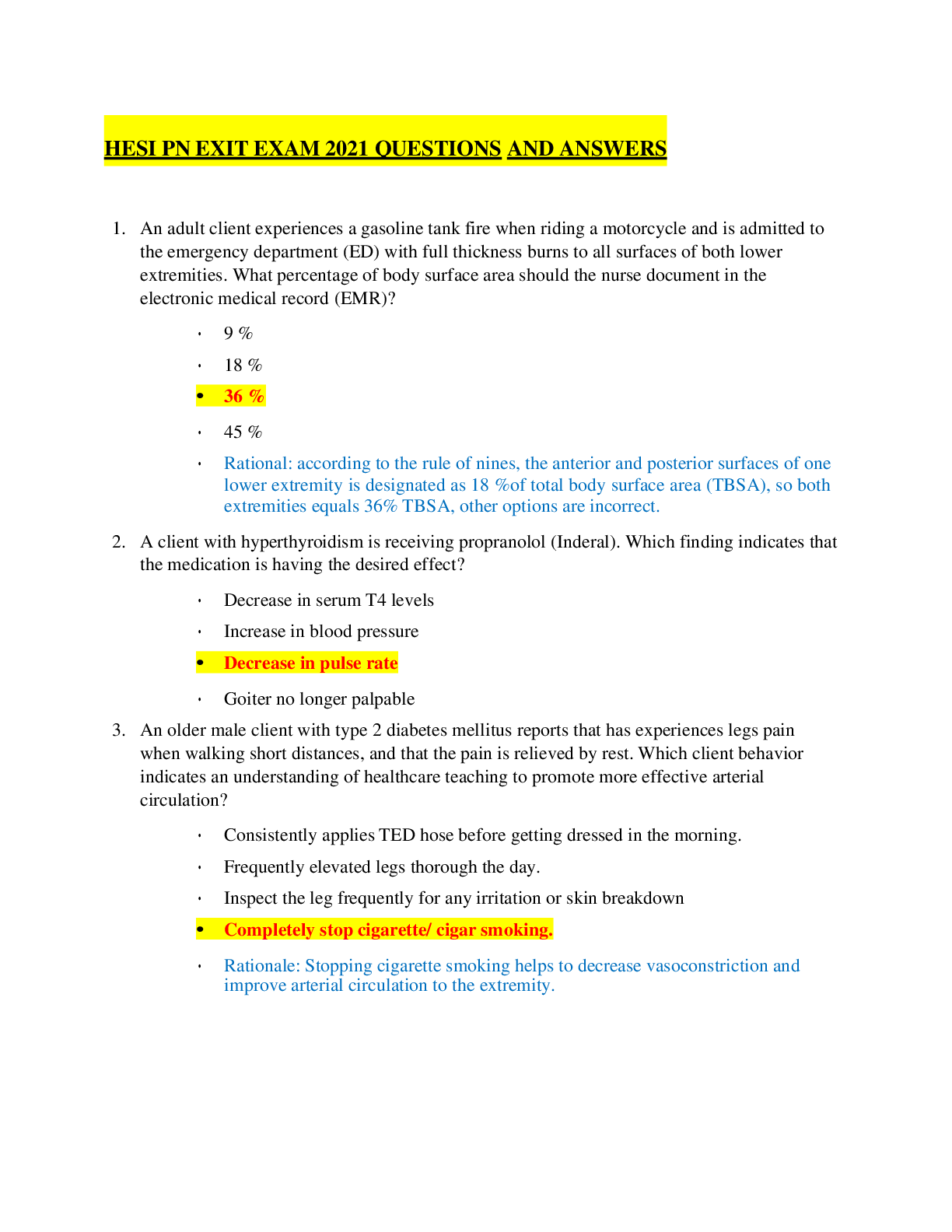





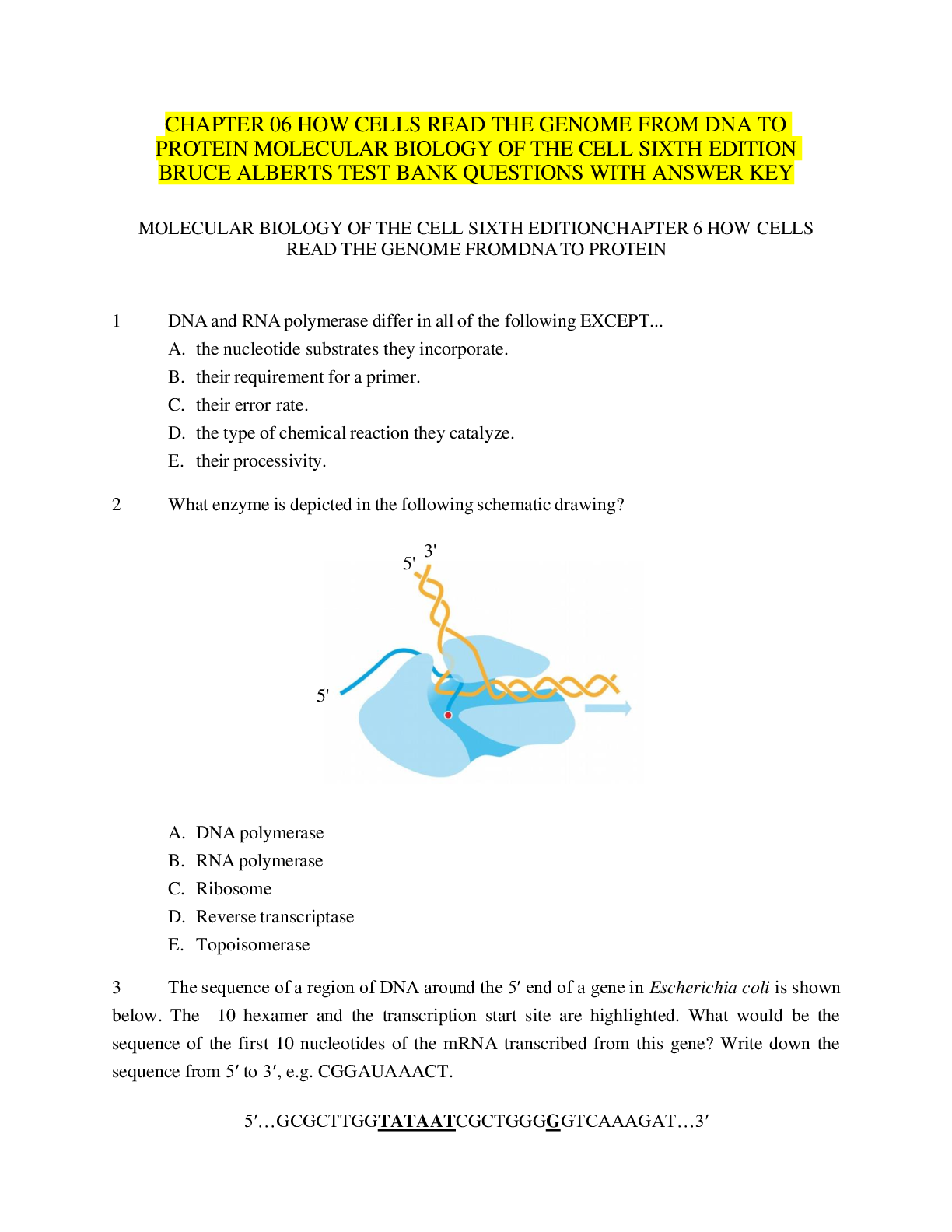


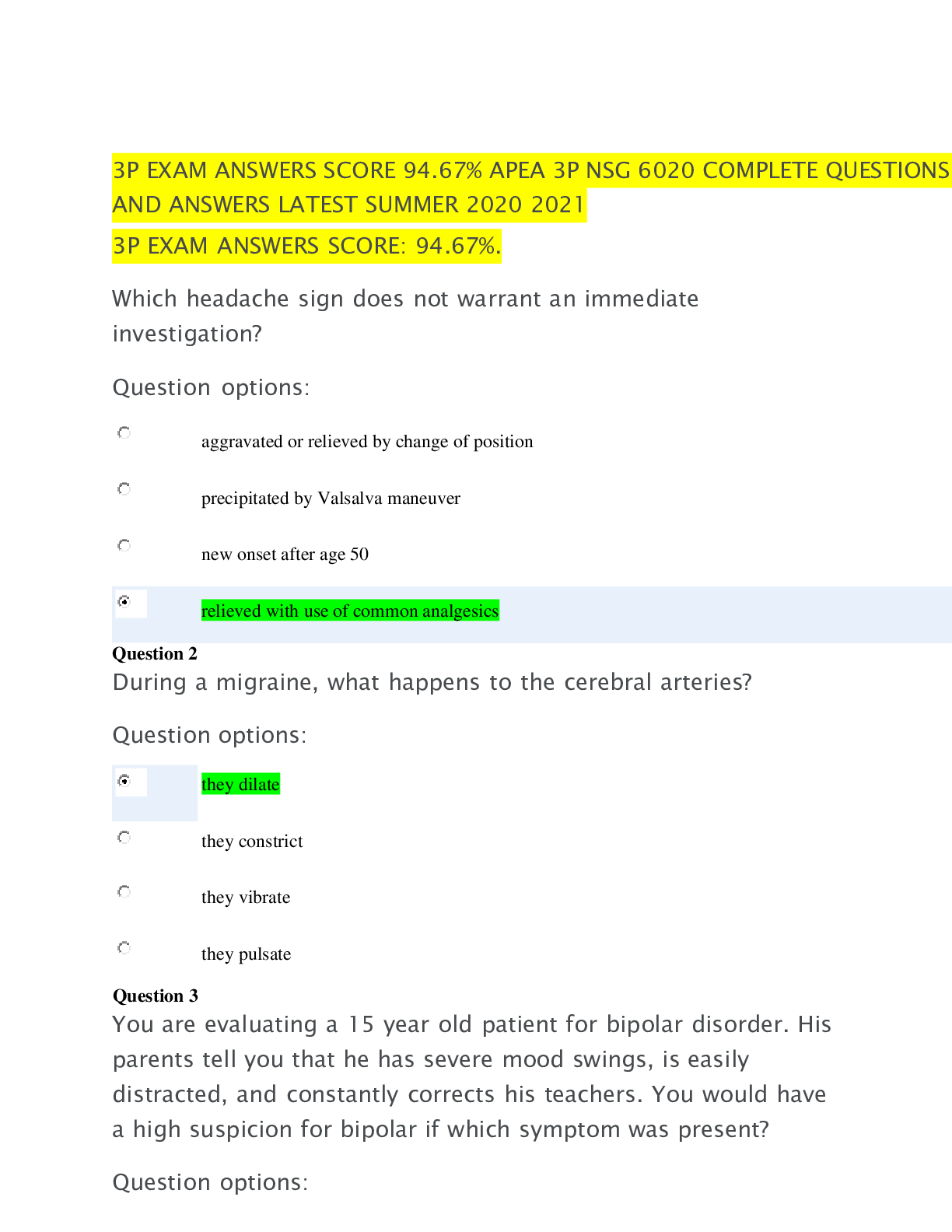



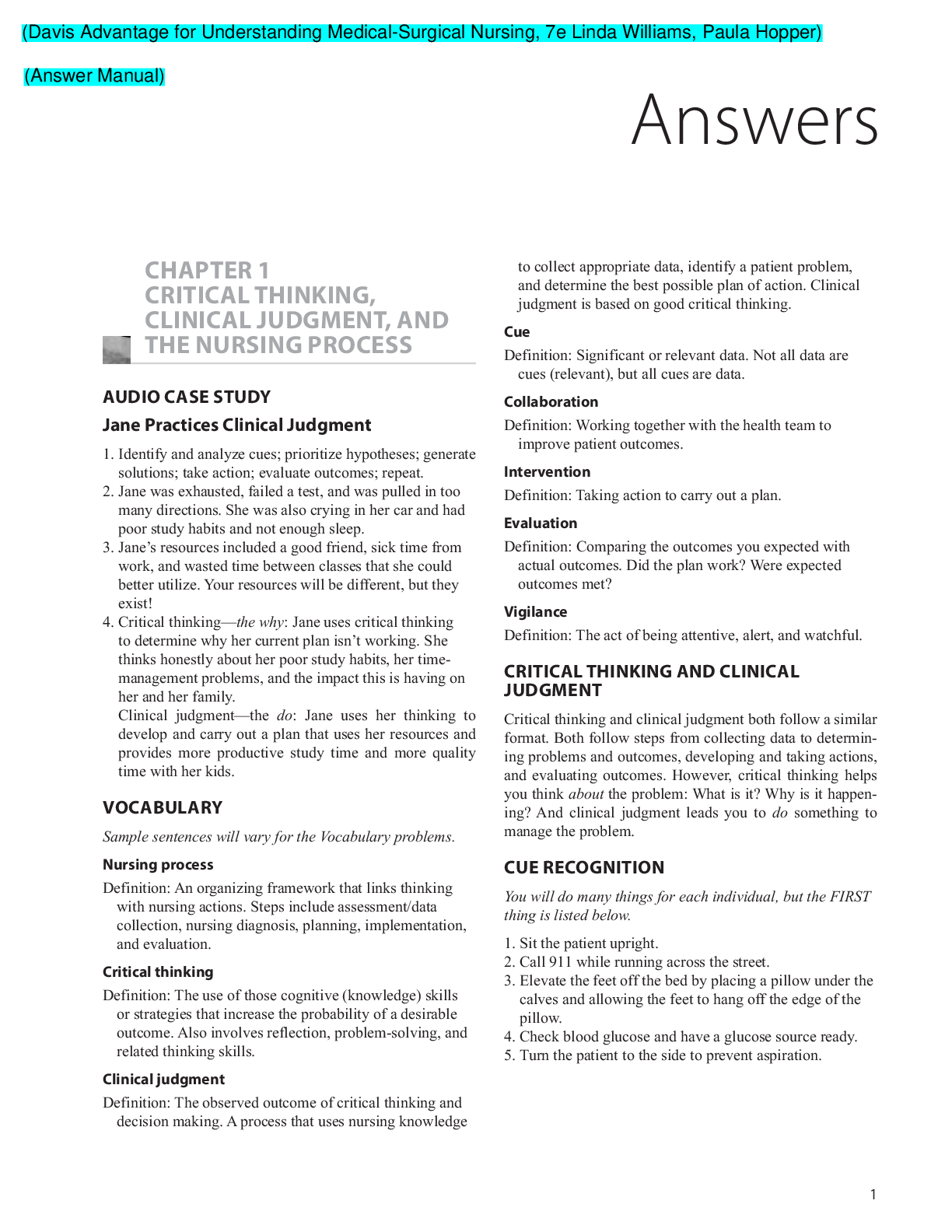

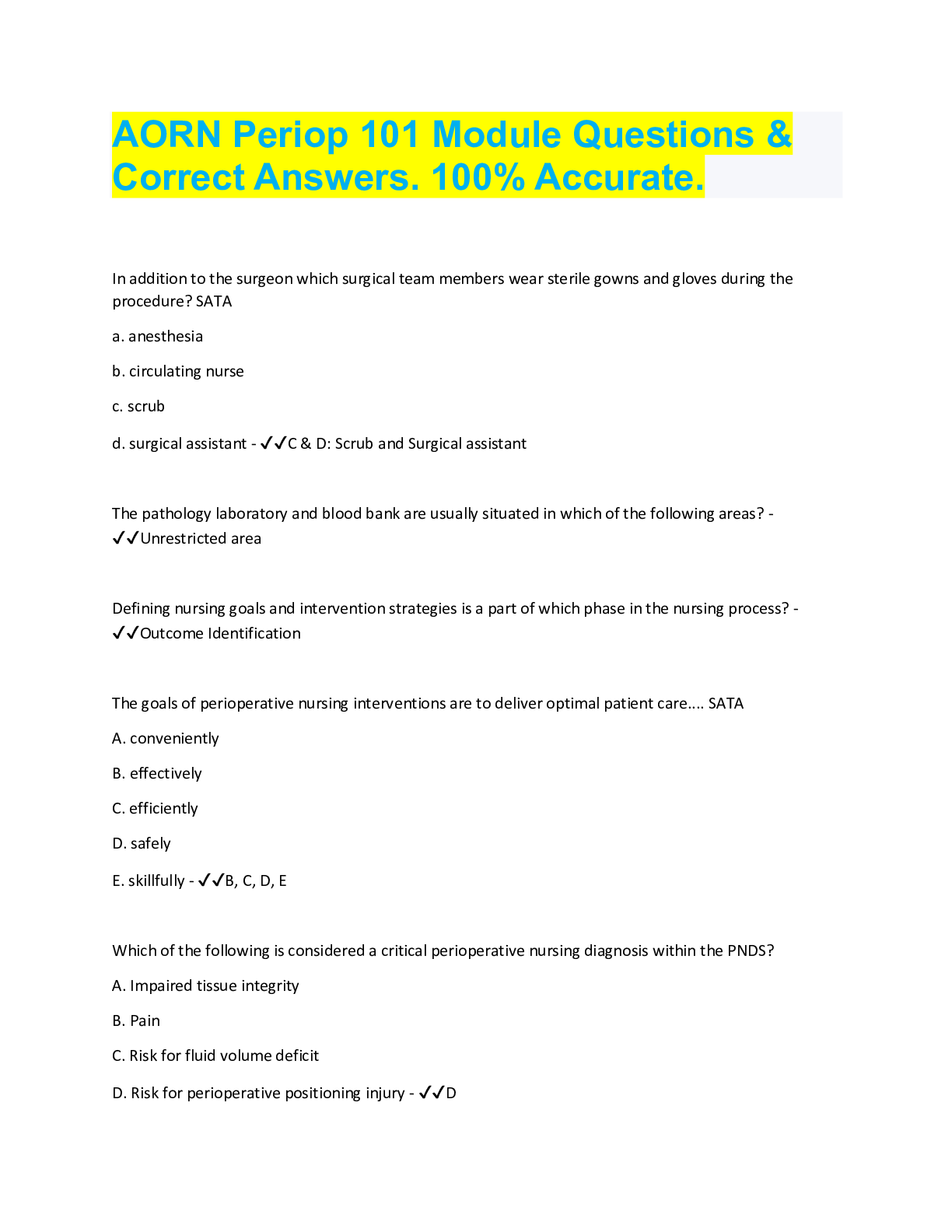






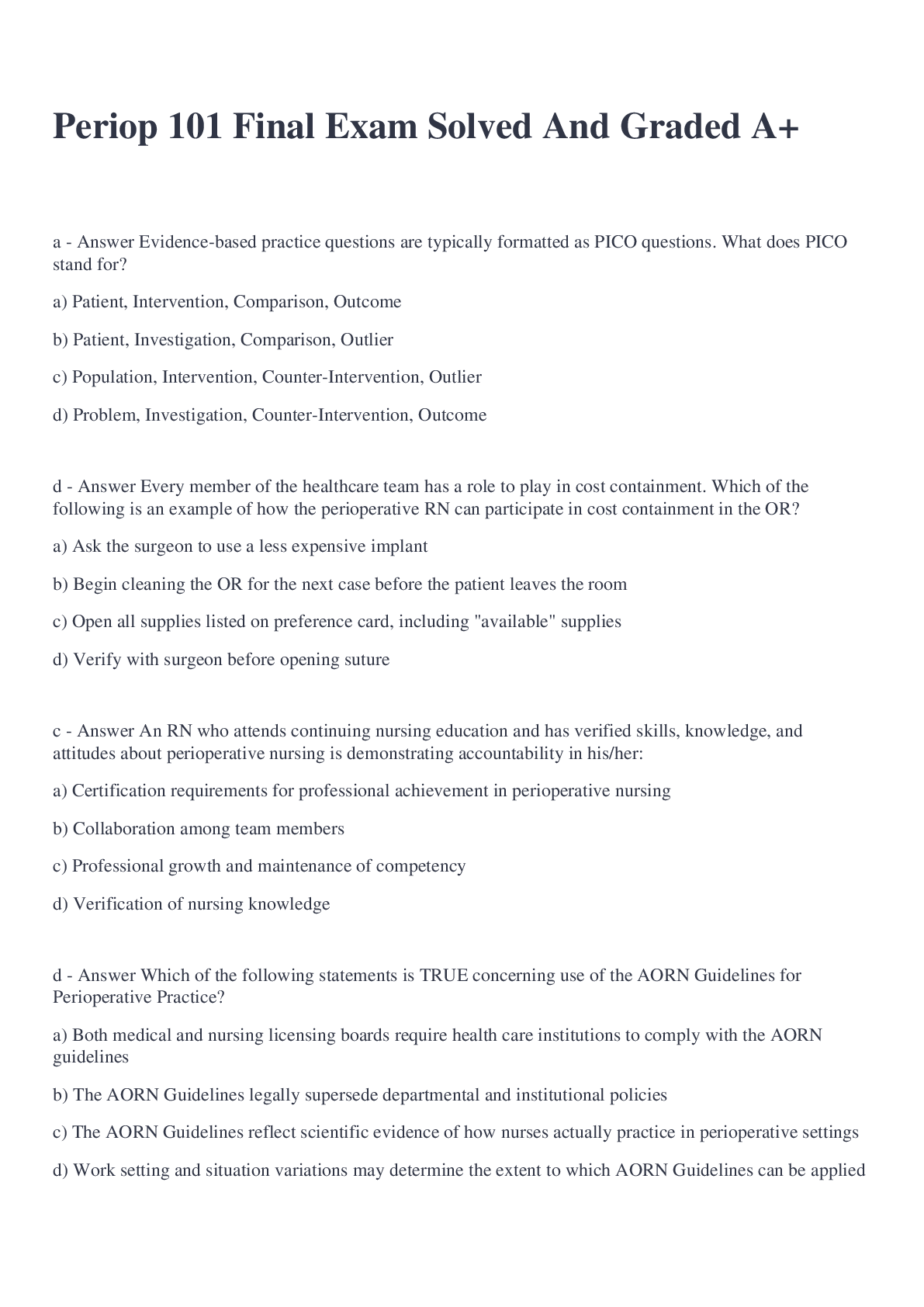





.png)

